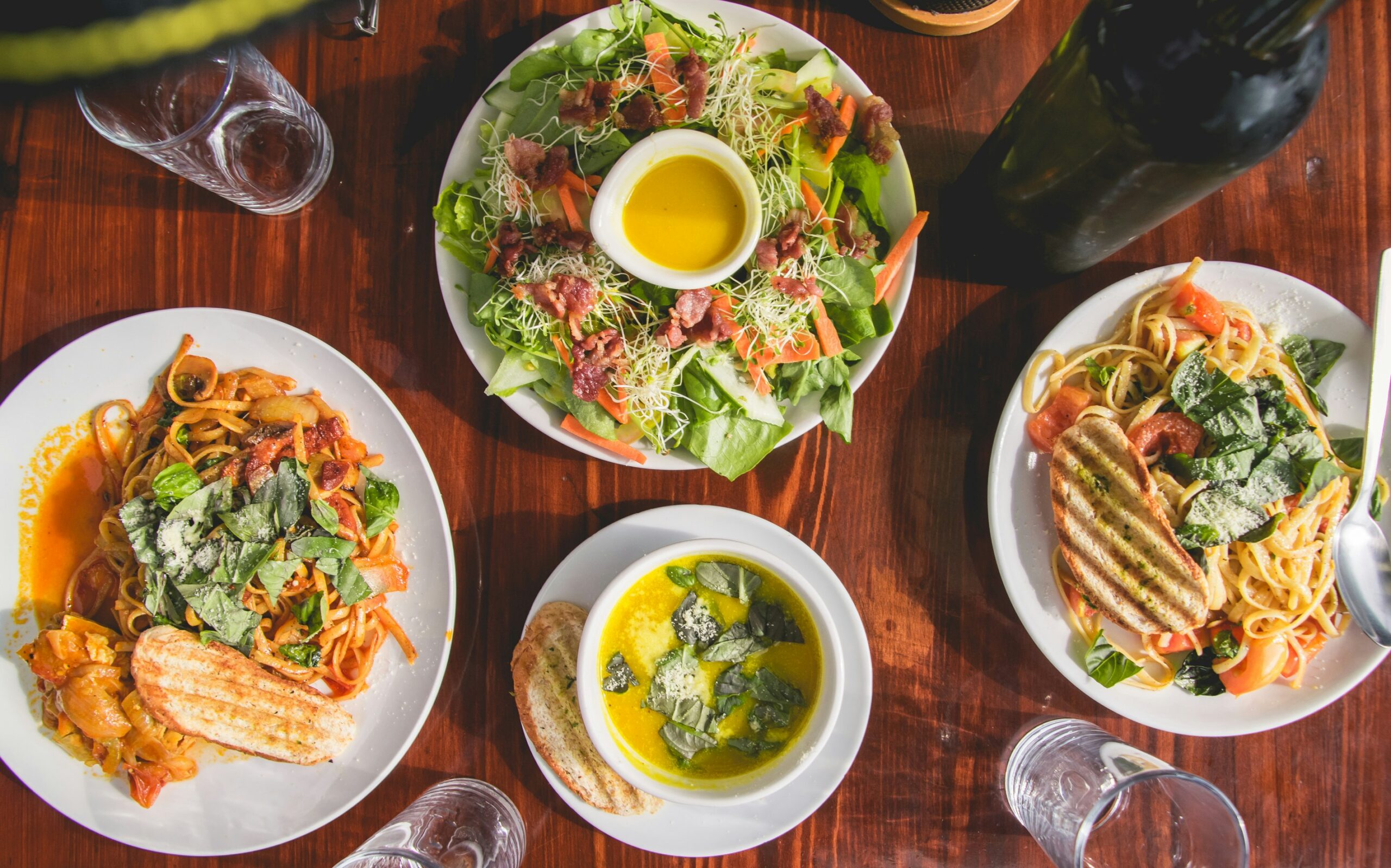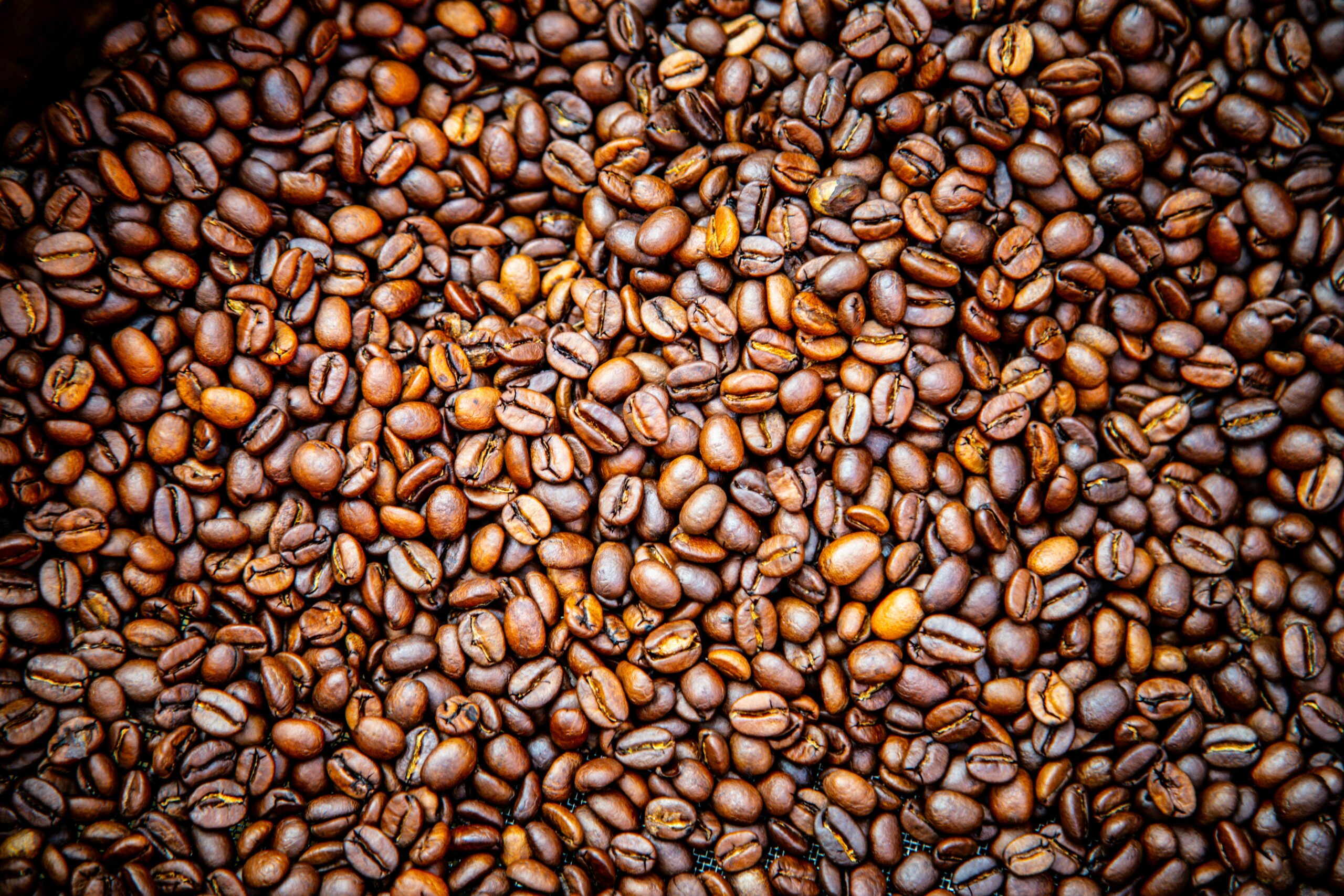Exploring the Flavors of Home Cooking Through Generational Recipes
There’s a certain magic that happens in the kitchen when family recipes come to life. The aroma of spices, the sound of chopping vegetables, and the laughter shared around the dinner table create a vibrant tapestry of memories that is woven through generations. Home cooking is more than just a means to fill our stomachs; it’s a cultural legacy, a comforting ritual, and often, a delicious journey through time.
As I reflect on my childhood, I can almost hear my grandmother’s voice, calling everyone to the kitchen as she stirred her famous marinara sauce. Her recipe, a closely guarded secret, was passed down from her mother, who, in turn, learned it from her own mother. Just like that, generations of love and tradition were simmered together in a pot. This is the essence of home cooking—recipes that carry with them stories, heritage, and the flavors of our ancestors.
The Significance of Generational Recipes
Generational recipes are more than just food; they are anchors that connect us to our roots. They tell the tales of where we come from, who we are, and the struggles and triumphs of those who came before us. A single dish can be laden with family history, cultural identity, and even the socio-economic realities of past generations. For instance, a simple chicken soup might bring to mind the hardships of the Great Depression, where frugality was key, or perhaps the warmth of family gatherings during holidays.
These recipes often evolve over time, adapting to new tastes, dietary restrictions, or available ingredients. Yet, their core remains intact. For example, my grandmother’s marinara sauce has been adjusted for modern palates—less salt, more fresh herbs—but the spirit of her original recipe shines through. It strikes me that this evolution mirrors our own lives, constantly changing yet rooted in our past.
The Journey of a Family Recipe
Let’s dive deeper into the anatomy of a family recipe. Take, for example, a classic pot roast. You might find that every family has their own version, influenced by regional ingredients or personal preferences. A pot roast from the Midwest might be seasoned with sage and served with mashed potatoes, while a Southern version could feature a spicy rub and be accompanied by collard greens.
When you ask a family member about the origins of their pot roast, you might get a story about a Sunday dinner ritual, where everyone gathered around the table after church. (I remember my own family’s Sunday dinners; the table would be a colorful display of all kinds of dishes, each one with a story.) In this way, food becomes a narrative tool, sharing tales of laughter, love, and even loss.
Preserving the Heritage
In an age where fast food and convenience meals dominate, there’s a growing movement to preserve these culinary traditions. Many families are taking the time to document their recipes, not only to keep them alive but also to pass on the stories that accompany them. Some turn to blogs or social media, sharing their heritage with the world. Others might create family cookbooks, filled with handwritten notes and photographs, creating a tangible connection for future generations.
Today, we can see the impact of these efforts reflected in the culinary landscape. Restaurants are popping up that focus on traditional dishes, often made from family recipes or inspired by generational cooking methods. This resurgence is a testament to the power of food as a unifying force—a way to connect with our heritage while also celebrating the present.
Flavors from Around the World
Exploring generational recipes isn’t confined to one culture; it’s a global phenomenon. Each culture has its unique approach to home cooking, and the flavors are as diverse as the people who create them. Let’s take a culinary tour around the world, shall we?
Italian Cuisine: A Symphony of Flavors
Italian cooking is perhaps one of the best-known examples of generational recipes. Dishes like risotto, lasagna, and, of course, pasta are often made from recipes passed down through generations. The beauty of Italian cuisine lies in its simplicity—fresh ingredients, regional specialties, and techniques that have been honed over centuries.
Consider a family recipe for pasta sauce. In a traditional Italian household, you might find a nonna (grandmother) teaching her grandchildren how to make it from scratch—using tomatoes picked from the garden, basil harvested in the summer, and a splash of olive oil from the family’s own grove. (I once had the pleasure of visiting a small village in Tuscany, where I witnessed this very scene. The love and pride in the preparation were palpable.)
Mexican Cuisine: A Rich Tapestry
Mexican cuisine is another vibrant example. Recipes often reflect the country’s rich history, blending indigenous ingredients with influences from Spanish colonization. Dishes such as mole, tamales, and enchiladas are often made using recipes that have been passed down for generations, each family adding their own twist.
In my travels, I’ve had the pleasure of enjoying a homemade mole that took days to prepare. The aroma of the spices simmering filled the air, and as we gathered around the table, the stories flowed as freely as the laughter. It’s a reminder that food is not just sustenance; it’s about community and sharing.
Asian Influences: Culinary Traditions
Across Asia, food plays an integral role in cultural and social practices. In Chinese cuisine, for example, recipes for dishes like dumplings or Peking duck are often ritualized, with family gatherings centered around their preparation. The act of making dumplings becomes a family affair, with everyone pitching in to fold and fill them, creating not just food but cherished memories.
Similarly, in Indian cooking, recipes for dishes like biryani or curry are often steeped in family tradition. The use of spices and cooking techniques can be traced back generations, reflecting regional variations and personal preferences. The beauty of Indian cuisine lies in its complexity and depth, a symphony of flavors that tells a story of its own.
The Science of Flavor
It’s fascinating how generational recipes carry not just tradition but also the science of flavor. Understanding how different ingredients interact can elevate a dish from ordinary to extraordinary. The balance of sweetness, acidity, saltiness, and bitterness is crucial, and many family recipes are fine-tuned to achieve this harmony.
For instance, the incorporation of acid—like lemon juice or vinegar—can brighten a dish, while the addition of fat—such as butter or oil—can enrich the flavors. This is often where the experience of a seasoned cook shines through. My grandmother had an uncanny ability to taste a dish and know exactly what it needed—just a pinch of salt, a dash of pepper, or a sprinkle of fresh herbs. Even as a child, I was in awe of her culinary instincts.
Beyond the Recipe: The Ritual of Cooking
Cooking is an art, and like any art form, it requires practice and passion. Beyond the ingredients and techniques, the ritual of cooking itself can be therapeutic. Many people find solace in the act of chopping, stirring, and simmering. It’s a moment to reflect, to create, and to connect, whether with oneself or with loved ones.
There’s something almost meditative about the rhythm of cooking—a steady cadence that can soothe the mind and uplift the spirit. I often find myself lost in thought while preparing a meal, reflecting on the day’s events or mulling over life’s big questions. And then, there’s the joy of sharing the finished product—watching others savor the flavors and reminiscing about the stories behind each dish.
The Future of Generational Recipes
As we look toward the future, it’s essential to consider how we’ll continue to pass down these culinary traditions. The rise of digital technology has changed how recipes are shared and preserved. From social media platforms to cooking apps, there’s an abundance of resources available, making it easier than ever to document and share family recipes.
However, there’s a certain warmth and intimacy that comes from handwritten recipes, scrawled on stained index cards or tucked into family cookbooks. (I still have my grandmother’s recipe book, filled with her elegant cursive and little notes in the margins. It’s like holding a piece of her heart.) As we embrace new technologies, let’s not lose sight of the value of these tangible connections to our past.
Bridging Generations Through Cooking
One of the most rewarding aspects of cooking is the opportunity it provides to bridge generations. Younger family members can learn from their elders, gaining not just culinary skills but also life lessons that come wrapped in the stories of each recipe. There’s something special about standing side by side in the kitchen, mixing ingredients while sharing anecdotes and laughter.
Moreover, engaging children in the kitchen can foster a sense of pride and ownership, encouraging them to explore their culinary creativity. (I’ve witnessed firsthand how kids can transform a simple dish into something imaginative—a pizza that looks like a rainbow or cupcakes adorned with whimsical designs.) This creative expression can lead to a deeper appreciation for cooking and the flavors of home.
Conclusion: A Flavorful Legacy
In the end, exploring the flavors of home cooking through generational recipes is about more than just the food on our plates. It’s about understanding our past, celebrating our heritage, and creating connections that transcend time. Each meal becomes a narrative, a piece of history served with love, and a reminder of the rich tapestry of life that binds us all together.
So next time you find yourself in the kitchen, perhaps with a family recipe in hand, take a moment to savor not just the flavors but the stories that come with them. After all, food is not just fuel; it’s a journey through time, a celebration of culture, and above all, a love letter to the generations that came before us.




